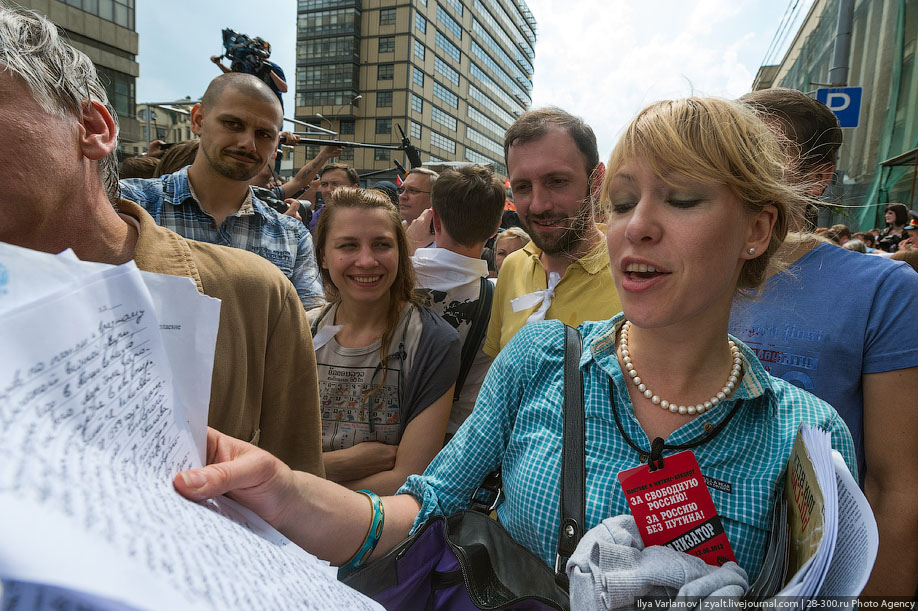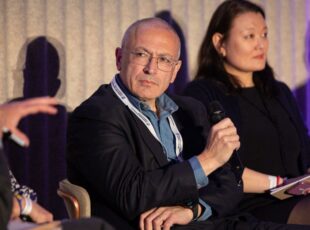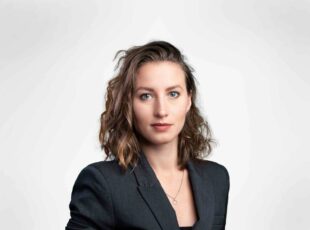Who will Muscovites be voting for?
Top of the list in the Central Administrative District (CAD) is United Russia candidate Nikolai Gonchar. Next in the visibility stakes come Mikhail Degtaryov [LDPR] and Maria Baronova, supported by Open Russia.

Elena Mukhametshina
The most popular candidate in Moscow’s Central District is [ruling party] United Russia’s Nikolai Gonchar. [Populist nationalist] LDPR’s Mikhail Degtaryov and independent candidate Maria Baronova, running with the support of Open Russia, are tied in second place. The survey was commissioned by the Open Elections project [part of Open Russia] and carried out by the Levada Center. In a survey of 708 people, Gonchar’s recognition factor was 53%, and for Degtaryov and Baronova it was 26% each. The figure for Russian Communist Party’s Pavel Tarasov was 17%, and the historian Andrei Zubov, running with the support of [liberal democratic party] Parnas, achieved 12%.
The survey took place between 25 and 30 August; the 1005 respondents were Muscovites aged over 18 and resident in Moscow’s CAD. If the elections had been on the next Sunday, Gonchar would have garnered 21% of the vote, Degtaryov 7%, Tarasov 5% and Baronova, Zubov, Kristina Simonyan from [social democratic party] A Just Russia, would each have received 2%.
The highest anti-rating [people who would under no circumstances vote for the given candidate] was for Gonchar (11%), followed by Degtaryov, Zubov and Tarasov with 6% each; and 4% each for Baronova and Dmitry Zakharov (Communists of Russia). 35% didn’t know if they would turn out, and, if they did, who they would vote for. 51% said they would be voting, and 29% said they wouldn’t.
Again, if the elections had been on the next Sunday, 30% of CAD residents would have voted for United Russia, 10% for LDPR and 10% for the Communist Party. [Social liberal party] Yabloko would have received 5% of the vote and Parnas 2%. The highest party anti-ratings were for Parnas (19%), Yabloko (17%) and United Russia (15%).
“Zubov is to be seen in debates on federal TV channels, but not Baronova.”
Baronova’s campaign and the signatures she collected have increased her visibility. Levada Center’s Denis Volkov: “Zubov is to be seen in debates on federal TV channels, but not Baronova. This can in some ways be compared to Navalny’s campaign in the 2013 Moscow mayoral elections: he was also not seen on TV, but city-wide his campaign was almost the same as [successful candidate and current mayor] Sergei Sobyanin’s. So active campaigning, not just in the last few weeks but earlier, can yield results.” It is, however, difficult to see how the number of people who will vote for democratic candidates can be increased because “they need a certain kind of image, and age and gender also have a part to play. It doesn’t much matter who the Communist candidate is, because the Communist vote is for the party rather than the candidate; Degtaryov has high visibility because of the part he played in the mayoral election. Most people have not heard of Baronova before and know little about her, including that she is the ‘Khodorkovsky candidate,'” says Volkov. He noted that about 5% of people know Baronova well: “A rough calculation of how many people know her well can be achieved by adding her anti-rating to the number of people who will vote for her.”
According to Volkov, the readiness of people in CAD to vote for democratic parties sets it apart from the overall picture in Russia, though even in Moscow they will not be able to garner more than 5%: “The picture country-wide is even less good. The high anti-rating of the liberal parties is a function of TV propaganda and the anti-Russian position on Crimea and Ukraine. So the negative image presented on TV dominates, and there is no other. The democratically-minded electorate is simply disillusioned with these parties.”
Open Elections director Timur Valeyev is satisfied with the results of the survey. He thinks that Baronova has managed to increase her visibility by collecting nearly 15,000 signatures: “Before Baronova collected the signatures, she and Zubov were both on about 7% recognition factor according to this quality survey.” Given the number of undecided voters, a strong campaign during the last three weeks before the elections could push Baronova into second place in the district. Valeyev points out that Baronova promised she would stand down if the survey showed that her visibility was less than Zubov’s “because liberals had branded her as a spoiler.” Baronova herself told Vedomosti that she was surprised by the results as she does not figure on federal TV channels, whereas Zubov managed to gain access to them by taking part in debates.
Konstantin Merzlikin, deputy chair of Parnas, says that candidates still have a lot of work to do as the campaign gathers steam during the last two weeks: “The figures are pessimistic, but they do not necessarily presage losing the fight – there’s all to play for. Zubov is currently on 12% visibility, but we should not forget that before the campaign it was 0%. Debates can increase visibility, but the presences of opposition candidates on federal TV should not be exaggerated.”



